
Get Instant Solution By an Expert Advisor
(4.8)

 India’s chemical industry is not only large but also fast-growing. It is important in the global supply chain. From industrial chemicals to organic compounds, India supplies a wide range of chemical goods to the world. If you run a manufacturing unit or trade in chemicals, exporting can help you scale. But before you begin to export, you must follow legal and safety steps. Chemical exports are not like general goods. They come with extra compliance due to their nature.
India’s chemical industry is not only large but also fast-growing. It is important in the global supply chain. From industrial chemicals to organic compounds, India supplies a wide range of chemical goods to the world. If you run a manufacturing unit or trade in chemicals, exporting can help you scale. But before you begin to export, you must follow legal and safety steps. Chemical exports are not like general goods. They come with extra compliance due to their nature.
The process to export chemicals from India involves many departments. You must get licenses, check quality rules, and meet the safety norms of the target country. A missed step can delay your export or result in rejection at customs. So you should plan every part of the process
This article will guide you through the process
Before you begin you must classify your chemical product. Different types of chemicals fall under different export rules. For example:
You must find your product’s ITC (HS) Code. This code tells customs and government officials what you are exporting. It also links to the tax rate and control policy.
Visit the DGFT website and use the HS Code Finder Tool. Once you find your code, check if the product is freely exportable or needs a license.
This is the most important document. Without an IEC, you cannot export from India. The Directorate General of Foreign Trade (DGFT) issues this document.
To apply for an IEC:
This 10-digit code stays valid for life unless cancelled.
Study the regulations that apply to your product. Export of chemicals is regulated by:
To grow your exports and get benefits, you should register with a Product Export Promotion Council. For chemicals, these are:
This registration gives you access to government schemes and trade fairs. It is valid for 5 years.
Chemical goods must be packed and labeled as per international standards. Wrong labeling can lead to rejection.
Key points to follow:
Many countries ask for a Quality Certificate or Pre-Shipment Inspection (PSI) report. You can get your goods inspected by:
Now, plan the movement of goods from your unit to the customer. Choose:
Customs may also inspect the shipment physically before they clear it
After shipping, you can claim benefits under schemes like:
Finally, build a strong relationship with your overseas buyer. Always:
Exporting chemical products from India involves legal steps, safety norms, and global rules. But when you follow each part carefully, the process becomes smooth and reliable. You not only meet compliance rules but also gain buyer trust and enjoy government benefits. The key is to stay alert, get the right documents, and use expert help when needed.
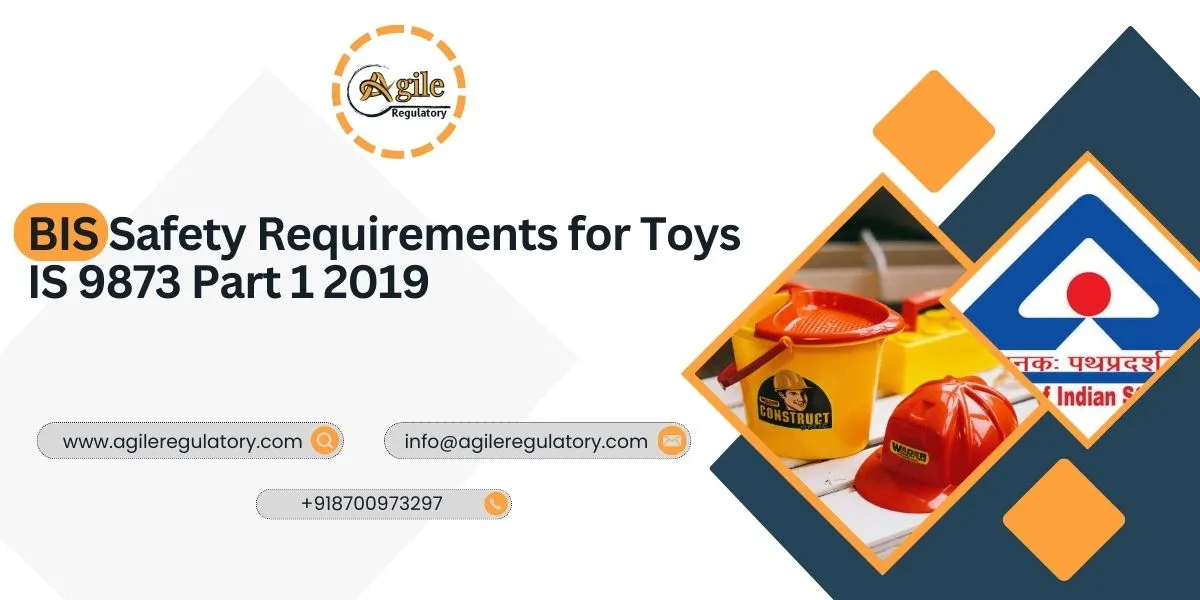
 Nishi Chawla
Nishi Chawla
26 Nov, 2025
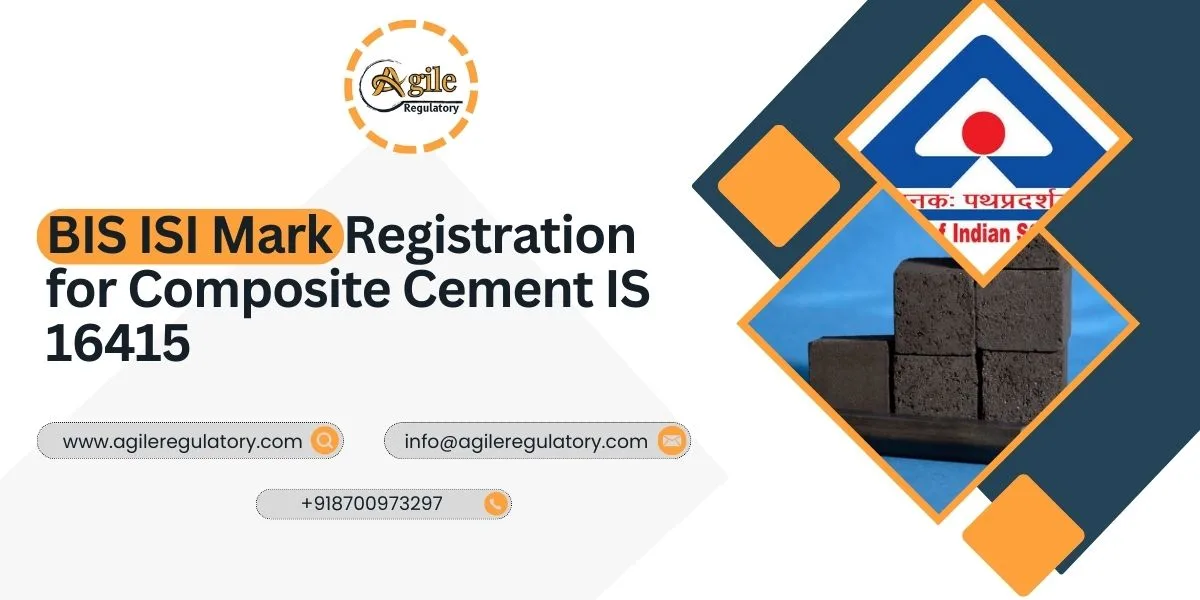
 Nishi Chawla
Nishi Chawla
26 Nov, 2025
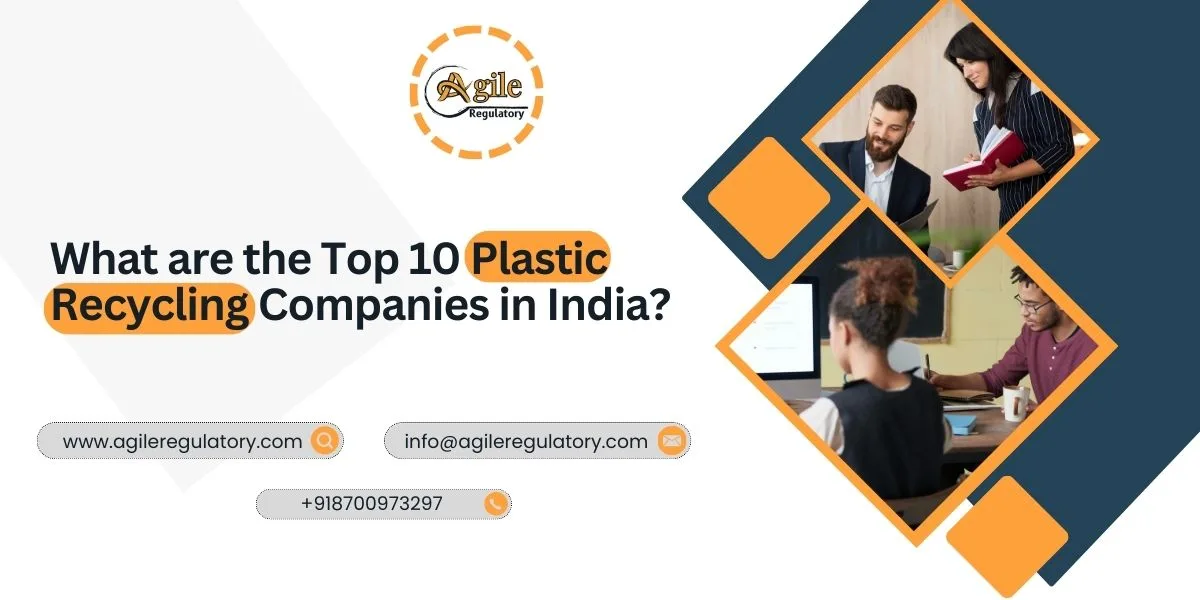
 Nishi Chawla
Nishi Chawla
25 Nov, 2025

 Nishi Chawla
Nishi Chawla
25 Nov, 2025
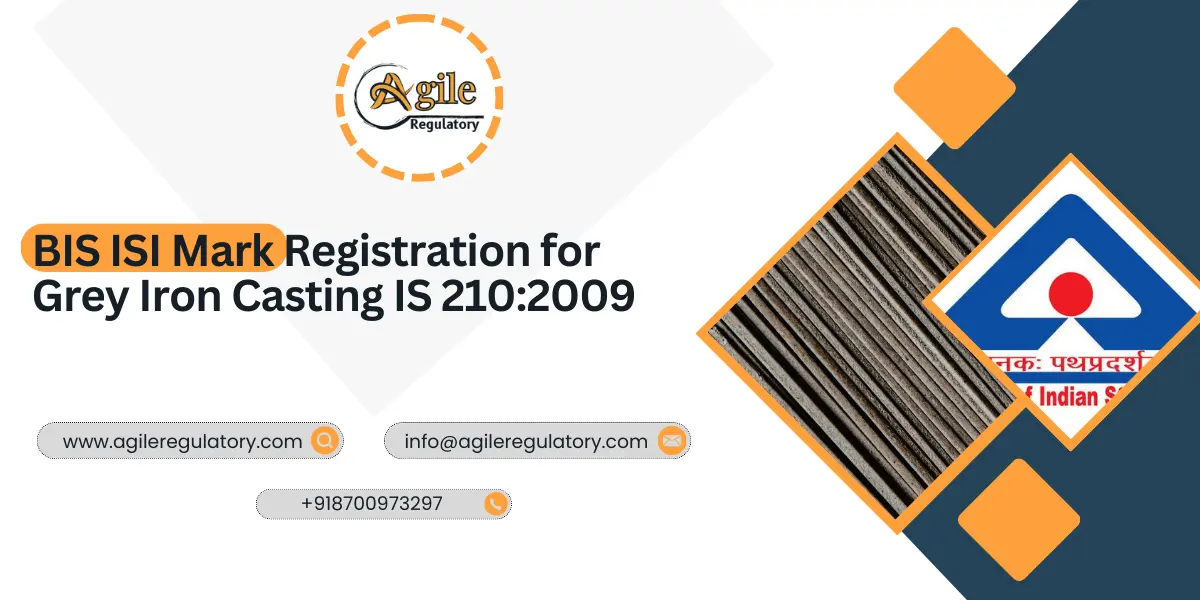
 Nishi Chawla
Nishi Chawla
22 Nov, 2025

Get Instant Solution By an Expert Advisor
(4.8)
We simplify compliance through a proven 4-step process: Consultation, Documentation, Submission, and certification. From understanding requirements to getting final approvals, we deliver a smooth, timely, and fully compliant journey for your business.
What our customer says about us
Fantastic support from the team. Their expertise transformed our approach, driving remarkable outcomes. A must-have partner for businesses seeking effective consulting solutions. Highly recommended.
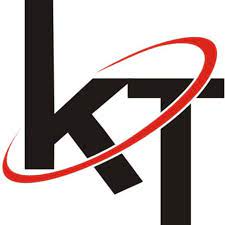
KTPL Instruments
Agile Regualtory delivers exceptional solutions. Their insightful guidance streamlined our processes and boosted profitability. Highly recommended for businesses seeking expert consulting services to thrive.

Justrack IOT
Impressed by Agile Regulatory's expertise. Their strategic insights and practical solutions have elevated our business operations. A reliable partner for effective consulting services. Highly recommended for growth-focused businesses.
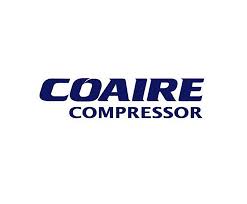
Coaire Compressor
Extraordinary consulting services. Their insightful solutions and dedicated team reshaped our business, driving remarkable improvements. Highly recommend it for transformative results.

Easy Polymer
Incredible experience with Agile Regulatory. Their innovative strategies and expert advice revitalized our business model, resulting in impressive growth. Highly recommend their exceptional consulting services.
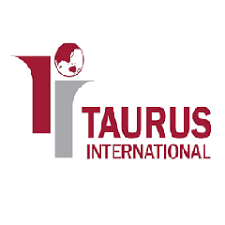
Tarus International
Top-tier consulting! offered strategic solutions that revolutionized our approach. Their deep expertise and personalized guidance made a significant impact on our success. Highly recommend their services.

Anchor Weighing
Agile Regulatory exceeded expectations! Their tailored solutions, expertise, and proactive approach led to remarkable results. Highly recommend for businesses seeking impactful and strategic guidance.

AM Capacitor
Outstanding service! delivered targeted solutions with professionalism and expertise. Their insights elevated our business strategies, resulting in noticeable growth. Highly recommended for exceptional consultation.

Imaxx Pro Aquistic
Leave a Reply
Your email address will not be published. Required fields are marked *